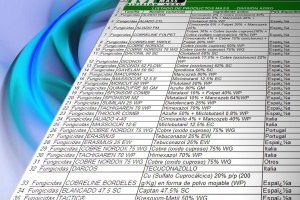Subject area: Materials Data Management Solution When was the last time you checked how much of the data in your in-house spare parts catalog is incorrect? By incorrect I mean wrong or out of date description, part number, supplier details and so on. Recently I saw a report indicating that
Materials Master Data Maturity in the Era of Industry 4.0
This content has been removed However, you might be interested in this article, Management of Spare Parts: Are You Playing by the Right Rules.
What is a Spare Parts Numbering System?
This article discusses spare parts numbering systems and covers: What is a spare parts numbering system? Intelligent and dumb spare parts numbering Which approach to use A spare parts numbering system is a way to differentiate items within your spare parts inventory without constantly referring to long descriptions.
The Two Aspects of Spare Parts Data That Really Matter
All Spare Parts Data is Not Equal What really matters with spare parts data management? Recently I heard some consultants talking about spare parts data management and some of the problems that they have seen with their clients. As part of this discussion they were quoting statistics relating to spare
Three Problems with Big Data and Spare Parts Inventory Management
Big data is the buzz term of the moment – including big data and spare parts inventory management. For the un-initiated ‘big data’ refers to the collection of huge amounts of data, held in large and complex databases. The buzz around big data is that it is said to enable
What are the Benefits of NATO Coding?
Q: What are the Benefits of NATO Coding? A: The benefits of using any standard coding system come from the standardization. This enables easier identification of items for procurement, design, exchange, disposal and so on. The specific economic advantages will be unique to your situation. You can read more on
How Should We Classify Spare Parts Suppliers and Vendors
Q: How should we classify spare parts suppliers and vendors A: My suggestion is that you classify suppliers/vendors of spare parts on a combination of spare part criticality and vendor exclusivity. So, if you have a critical spare part from a vendor that is the sole supplier of that part
Which Items Should be Catalogued?
Q: At a high level, what are your thoughts on what ‘should’ be catalogued within an inventory system. Obviously all relevant spare parts that have/require a BoM’s connection are a given, but where do you draw the line on consumable type items. By value? By purchasing frequency? Particularly if these


